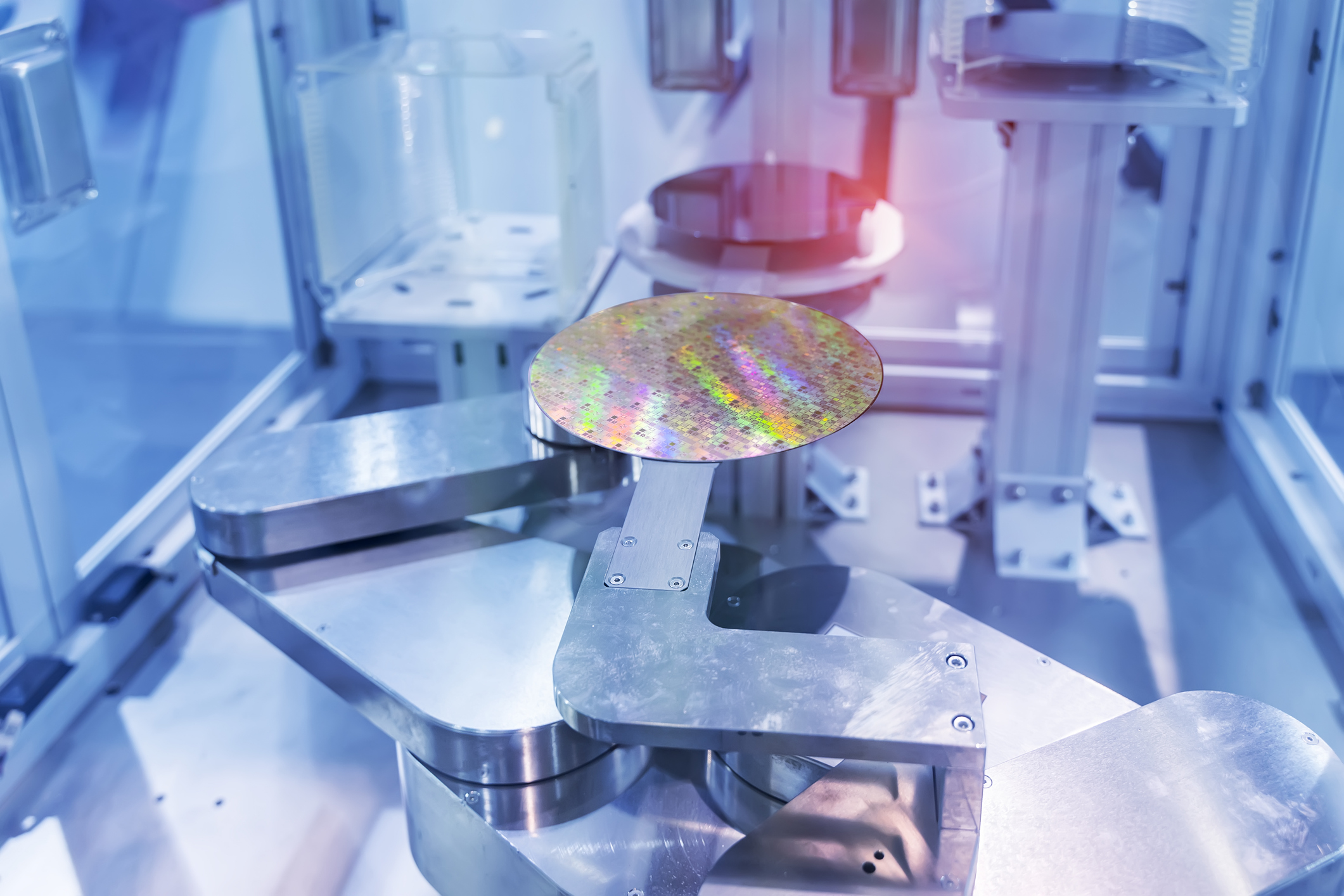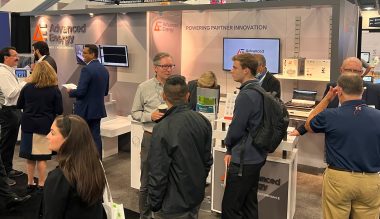Model-Based Frequency Tuning Revolutionizes RF Power Delivery
Posted July 29, 2025 by Vitaly Petrichev
Blog Summary:
• RF Power Precision in Semiconductor Fabrication: RF power is essential for plasma-based etching and deposition in IC manufacturing. As device tolerances shrink, precise and repeatable power delivery becomes increasingly critical, requiring faster impedance mismatch corrections.
• Model-Based Frequency Tuning (MBFT) Innovation: Advanced Energy’s (AE’s) MBFT algorithm, featured in the eVerest® RF generator, enables microsecond-level tuning by using predictive, model-informed adjustments rather than reactive methods. This ensures stable, repeatable power delivery even in dynamic plasma conditions.
• Industry-Leading Performance: AE’s MBFT reduces tuning time from ~4,000 microseconds (ms) to under 1 ms, significantly improving process repeatability and minimizing reflected power—key for high-volume, high-precision semiconductor manufacturing.
In semiconductor fabrication, RF power plays a crucial role in plasma generation used for etching and deposition to build the complex, layered structures of modern integrated circuits (ICs). Delivering the correct power into each process step must be tightly controlled and repeatable, and critical device structure tolerances are shrinking with each process node generation.
The response time to correct impedance mismatches is vital to keep power delivery consistent and, historically has taken up to seconds due to the mechanical response required for variable vacuum capacitor matches retuning for optimal power delivery. To meet power repeatability requirements with continuously decreasing process pulse state times, RF generator improvements have focused on delivering faster frequency adjustments through defined or learning algorithms. As a result, correction timescales are now measured in microseconds (ms).
Model-Based Frequency Tuning (MBFT)
Modern RF generators use simplified inbuilt frequency tuning algorithms, often known as a “search and rescue” tuning modes. These algorithms operate by comparing reflection measurements between process steps and adjusting the frequency to meet delivered power requirements. With MBFT, Advanced Energy (AE) developed a unique method for addressing power delivery requirements into challenging plasma loads, thereby matching dynamic steps within each process recipe.
Process engineers strive to deliver repeatable process power through enhancements to the digital frequency tuning algorithm, possible only in today’s advanced RF delivery systems. However, some attempts to enhance tuning can be counterproductive. Methods without active tuning elements (such as those based upon mechanical RF match load translation) will actually narrow the system’s operational space.
Fortunately, most high-volume processes have highly optimized, narrow, operational spaces to ensure repeatable operation and performance. Many algorithms in use for frequency tuning converge slowly on the optimum, often “sticking” in local minima.
Finally, algorithms must be simple so that they can be ported between different plasma chamber systems.
Advanced Energy’s MBFT advances
AE’s latest eVerest® RF generator platform has a wide internal operating frequency range of +/-10% and power dissipation capacity that delivers a power profile previously not possible in earlier generators. As a result, this system is capable of industry-leading power delivery into complex, dynamic plasma loads for pulsed and continuous wave process steps. The addition of multi-level pulsing (MLP) means that rapid tuning convergence on an optimal and state-to-state RF frequency are essential to addressing process repeatability requirements.
Further advancing the technology, AE led the way to an optimal MBFT algorithm that incorporates a set of pre-learned model information. This approach is different from legacy algorithms deployed in generators commonly available in the market.
Traditionally, MBFT algorithms simply react to reflected power after the fact. AE’s solution, on the other hand, uses a more sophisticated approach to be more predictive. In this way, the algorithm knows precisely which direction and how far to adjust the frequency to reach the user-defined ideal "sweet spot". For added control in difficult situations, it can even be set to target a slightly off-center point to avoid plasma instability. The end result is a highly reliable and repeatable process.
 Traditional algorithms take ~4,000 ms to tune versus the MBFT algorithm that tunes in < 1 ms
Traditional algorithms take ~4,000 ms to tune versus the MBFT algorithm that tunes in < 1 ms
Conclusion
AE’s latest MBFT algorithm achieves a significant reduction in reflected power compared to other available solutions, with smooth power delivery during MBFT ensuring better process repeatability and RF power that is both stable and consistent.
For further information on AE’s eVerest RF generators, please visit eVerest® RF Generator | Angstrom-Era Precision Power | Advanced Energy. If you’d like to read about this in more technical detail, you can read a more in-depth version at https://eepower.com/industry-articles/model-based-frequency-tuning-for-rf-power/.
Vitaly Petrichev
Advanced Energy
Vitaly Petrishchev is a member of the Technical Staff within the Plasma Power business unit at Advanced Energy.
More posts by Vitaly Petrichev

.jpg)

